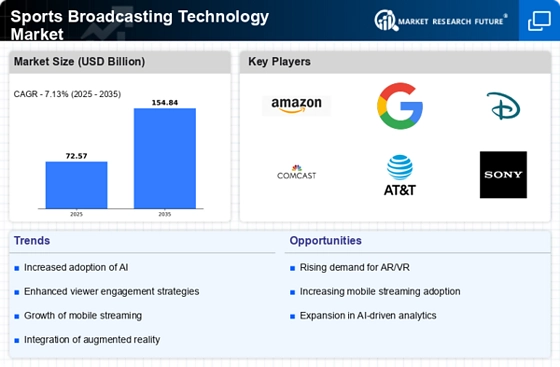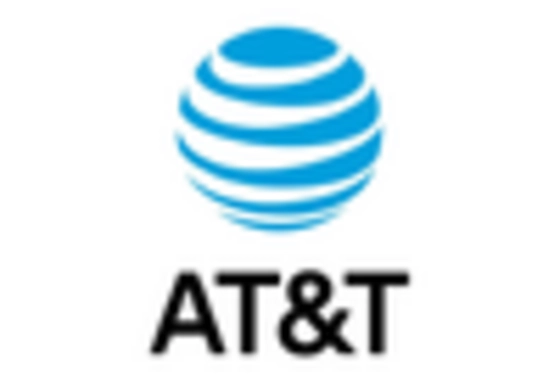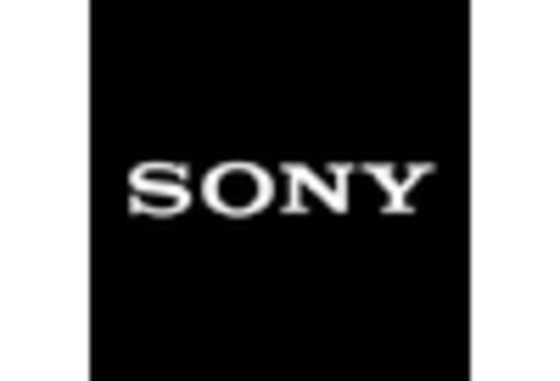Expansion of Esports Broadcasting
The rise of esports has created new opportunities within the Sports Broadcasting Technology Market. As competitive gaming gains popularity, traditional sports broadcasters are increasingly investing in esports content to attract younger audiences. Recent reports indicate that esports viewership is expected to surpass 600 million by 2025, highlighting the potential for growth in this segment. This expansion necessitates the development of specialized broadcasting technologies tailored to the unique requirements of esports, such as low latency and high-speed streaming. Consequently, companies that adapt to this trend may find lucrative opportunities within the Sports Broadcasting Technology Market.
Growing Importance of Data Analytics
Data analytics is becoming a crucial component of the Sports Broadcasting Technology Market, as broadcasters seek to enhance viewer engagement and optimize content delivery. By leveraging data analytics, companies can gain insights into viewer preferences, enabling them to tailor their offerings accordingly. This trend is reflected in the increasing investment in analytics tools, which are projected to grow at a rate of 25 percent annually. As broadcasters utilize data to improve their programming and advertising strategies, they are likely to see increased viewer retention and satisfaction, further driving growth within the Sports Broadcasting Technology Market.
Increased Demand for Mobile Streaming
The Sports Broadcasting Technology Market is witnessing a surge in demand for mobile streaming solutions. As mobile devices become the primary means of accessing content, broadcasters are adapting their strategies to cater to this trend. Recent statistics indicate that mobile streaming accounts for over 60 percent of all online video consumption. This shift necessitates the development of robust mobile applications and platforms that can deliver high-quality sports content seamlessly. Consequently, companies that invest in mobile-friendly broadcasting technologies are likely to gain a competitive edge, as they can reach a broader audience and enhance viewer engagement within the Sports Broadcasting Technology Market.
Advancements in Broadcasting Technology
The Sports Broadcasting Technology Market is experiencing rapid advancements in broadcasting technology, which significantly enhances the quality and accessibility of sports content. Innovations such as 4K and 8K resolution, along with HDR (High Dynamic Range), are becoming increasingly prevalent. These technologies provide viewers with a more immersive experience, allowing them to enjoy sports events with unprecedented clarity and detail. According to recent data, the adoption of 4K broadcasting is projected to reach 50 percent of all sports broadcasts by 2026. This shift not only attracts more viewers but also encourages advertisers to invest in high-quality broadcasts, thereby driving revenue growth within the Sports Broadcasting Technology Market.
Emergence of Virtual and Augmented Reality
The integration of virtual reality (VR) and augmented reality (AR) into sports broadcasting is transforming the viewer experience within the Sports Broadcasting Technology Market. These technologies allow fans to engage with sports events in innovative ways, such as experiencing games from different angles or accessing real-time statistics and player information. Market analysis suggests that the VR and AR segment of the sports broadcasting industry could grow at a compound annual growth rate of over 30 percent in the coming years. This growth is driven by the increasing demand for immersive experiences, which could redefine how audiences interact with sports content.

















Leave a Comment